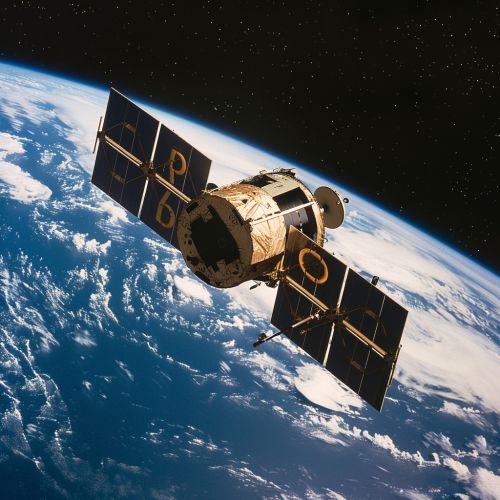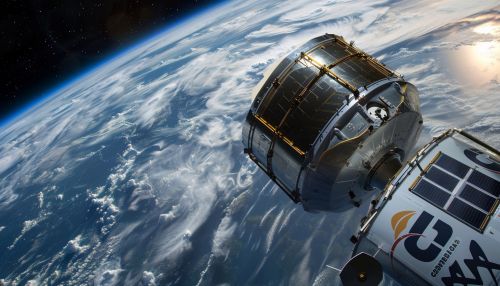Galex
Overview
The Galaxy Evolution Explorer (GALEX) was a NASA ultraviolet space telescope launched in 2003 on a mission to observe galaxies in the ultraviolet light spectrum. The project was developed in response to a call for Medium-Class Explorer mission proposals, and was officially selected for flight on October 24, 1996. The mission's primary objective was to study the mechanisms of star formation that occur in the early universe and the structural development of galaxies.


Design and Development
GALEX was a 50 cm diameter f/6 Gregorian telescope, with selectable filters. The first filter covered far ultraviolet (FUV) and the second one covered near ultraviolet (NUV). The spacecraft was built by the Orbital Sciences Corporation, under the technical leadership of the Jet Propulsion Laboratory (JPL). The observatory was launched from an aircraft on April 28, 2003, using a Pegasus XL rocket.
Mission Objectives
The primary mission objectives for GALEX were to measure the history of star formation in the universe, investigate the causes of star formation, and examine the relationship between star formation and the structure of galaxies. To achieve these objectives, GALEX conducted several surveys, including an All-sky Imaging Survey (AIS), Medium Imaging Survey (MIS), Deep Imaging Survey (DIS), and Spectroscopic Survey (SS).
Observations and Discoveries
GALEX has made numerous significant contributions to the field of astronomy. It has observed hundreds of thousands of galaxies, with detailed measurements of galaxy properties such as luminosity, size, and star formation rate. GALEX has also discovered a new type of active galactic nucleus, and it has observed the ultraviolet light from the first known tidal disruption flare.
End of Mission and Legacy
The GALEX mission was originally planned for 29 months of operation, which was later extended by NASA due to the observatory's success. However, in 2013, after more than a decade of operation, the GALEX mission was finally decommissioned. Despite its end, the data collected by GALEX continues to be a valuable resource for researchers studying galaxies and star formation.
